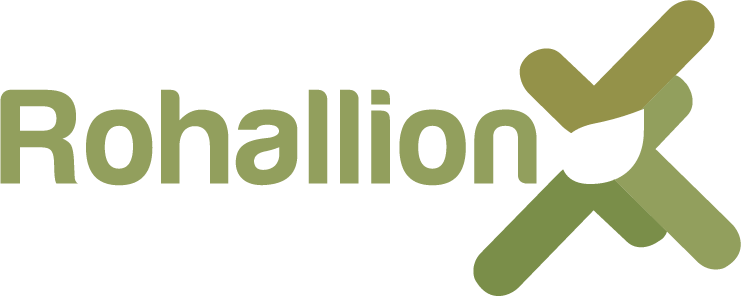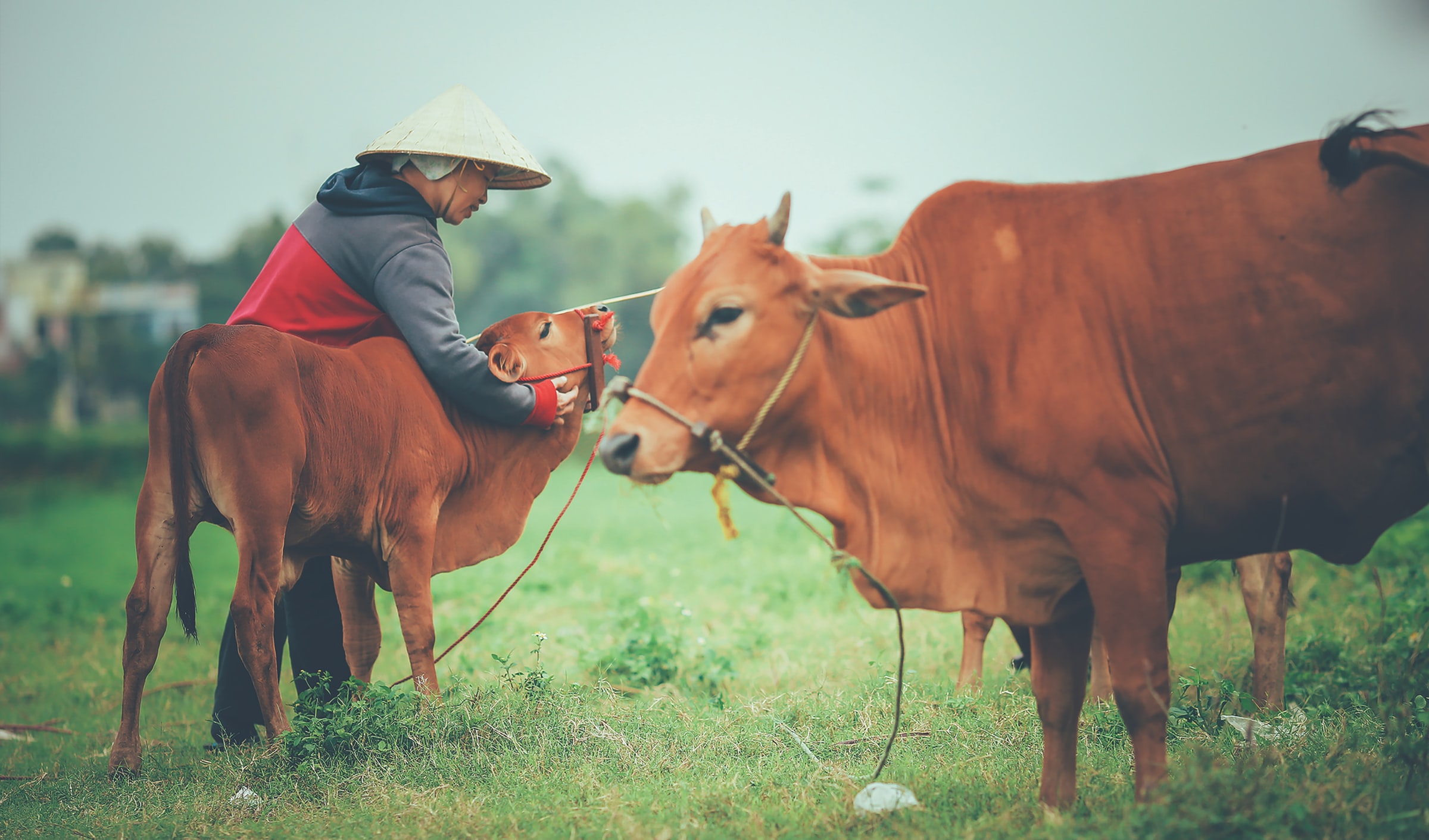Accessible Data and Web Development: How We Played Our Part in SEBI’s Mission
THE CHALLENGE.
Millions of peoples’ lives depend on livestock. Unfortunately, a lack of accessible information is hindering beneficial decision-making for these people.
SEBI (Supporting Evidence Based Interventions), based at the University of Edinburgh, wants to change that with a particular focus on low- and middle-income countries. Prior to their work, there was a chasm between the data required to make effective decisions and what key decision makers could actually access.
Their goal is to empower through education. If they provide reliable and necessary resources to low- and middle-income countries, SEBI’s hope is that it will accelerate their agricultural development.
How did we support this mission?
THE SOLUTION.
SEBI saw an avenue for a breakthrough. They approached us to design and build a website that provided essential data sources and visualisations pertaining to livestock.
Immediate
The first step was to fulfil the immediate needs of SEBI. It was essential that people could start benefiting from their information as soon as possible, especially as the launch coincided with the early stages of Covid-19.
We created the website as a catalogue for existing livestock data across several themes, including:
- Animal Health
- Economy
- Environment
- Gender
- Human Nutrition
- Populations, and,
- Productivity
This categorisation allowed users to easily access, and benefit from, the specific data pertaining to a theme or location, that they were looking for.
One of the initial features of the website we helped to facilitate was an interactive map. This visual showcases nearly 400 livestock development projects. It allows users to research the various projects, understand who was working in the different locations, and most importantly, the kind of results that were being generated.
Accessible
In addition to the thematic approach to cataloguing the datasets, publications and visualisations, we introduced two further concepts to enhance user’s consumption of information.
The first is a tool to encourage further exploration. After selecting a resource, related items would be suggested for the users so that they could expand their knowledge into a certain topic or geography easily. SEBI was able to manually insert the “Related Content” sections using the Content Management System.
However, to avoid SEBI spending any unnecessary time on maintenance, an algorithm was created to automatically select datasets, publications or visualisations from the same theme or location.
The second is Hierarchical- and Relevance- Optimised Search functionality. The website contains a search bar for users to specifically seek out highly relevant information depending on the topic they are exploring. In addition to the keyword functionality, users can also filter by Species, Resource Type and Theme.
We also collaborated with SEBI on hierarchical search results for specific inputs that showed both the Parent datasets and the sub-categories within these for aesthetic improvement and improved navigation of the information.
Lasting
It’s true that SEBI wanted to create a website to help people as soon as possible. But, this is only the beginning.
For SEBI to consistently share accessible and relevant data to the countries and people they are supporting, then the website needs to be able to grow as more and more information becomes available.
The infrastructure of the website was built to ensure that SEBI can easily add, and categorize, any new datasets, publications and visualisations that they want to highlight. The website also has a thriving “News” section that allows SEBI to emphasise any essential research that has been conducted or topics that are in dire need of attention and exploration.
THE IMPACT.
To date, the website holds over 193 excellent resources across eight concentrated categories. Various reports demonstrate how it has already helped farmers, extension workers, researchers, policymakers and the climate change modelling community.
It has also allowed SEBI to showcase the incredible research and data collection conducted by themselves, colleagues and others in their community.
In February, SEBI stated in one of their news articles, “Now for the first time, you can visually explore standardised data on what livestock eat in low-and middle-income countries.”
This is the exact, groundbreaking progress needed to support their mission.
Our sincere hope is that we were able to facilitate SEBI in enhancing the lives of millions who rely on livestock and informed decisions within the agricultural sector.

Let's start a project together...
Simply fill in this form with your key details and we'll be in touch.




